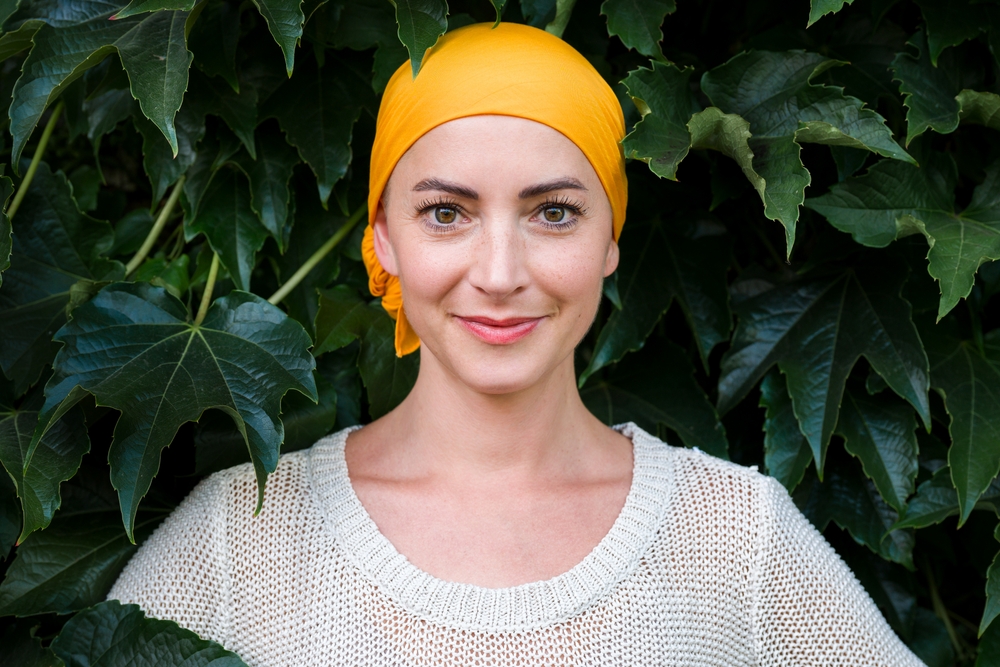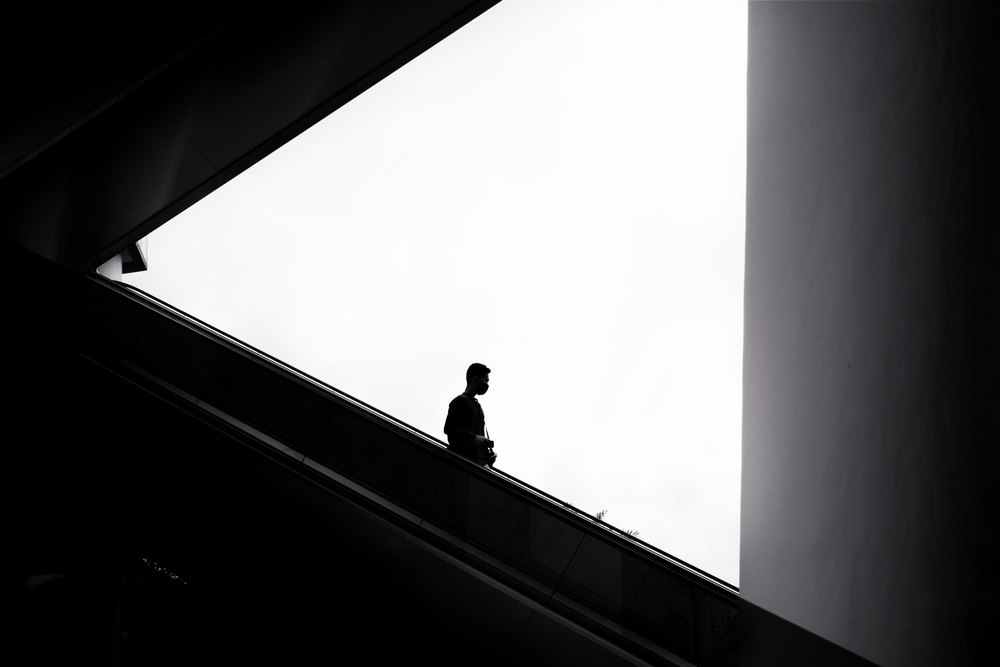Light is the foundation of photography. Without it, even the most carefully composed scene can appear flat and uninspiring. Understanding the importance of good light is crucial for photographers at every level, whether you’re capturing landscapes, portraits, or everyday moments. Mastering light allows you to shape mood, emphasize texture, and create depth in your images.
In this article, we’ll explore the key aspects of lighting—direction, quality, and color—along with practical tips and real-world examples. By learning how to see and use light intentionally, you can elevate your photography and develop a more professional and creative approach to every shot.
Table of Contents
- Why Light Matters
- Direction of Light
- Quality of Light
- Color of Light
- Practical Examples of Good Light
- Making Light Work for You
- Frequently Asked Questions
Why Light Matters

Photo by Ann Stryzhekin via Shutterstock
The importance of good light cannot be overstated. Light is what gives your subject shape, dimension, and presence in the frame. Without proper lighting, colors appear muted, textures disappear, and photos can feel flat or lifeless. Recognizing the role light plays is the first step in creating compelling imagery.
Good lighting draws attention to your subject, guides the viewer’s eye, and sets the mood for the scene. Whether your goal is dramatic, soft, or natural, the quality and direction of light will determine how the viewer experiences your photo. Understanding this concept is fundamental to developing intentional, thoughtful photography.
For beginners, paying attention to light may feel overwhelming, but even small adjustments in positioning or timing can dramatically improve an image. Observing how light interacts with your subject is a critical skill in the journey toward more polished and professional-looking photographs.
Direction of Light

Photo by KikoStock via Shutterstock
The direction from which light hits your subject significantly affects how your photo appears. Front lighting illuminates the subject evenly and can emphasize color and clarity, but it can also flatten textures. Side lighting (as shown above) introduces shadows and highlights that reveal depth and dimension, giving a more three-dimensional feel. Backlighting can create silhouettes or a soft halo effect around your subject, adding drama and interest.
Choosing the right direction of light is about more than aesthetics—it’s about storytelling. For instance, in portrait photography, side lighting can add emotional weight by creating gentle shadows on the face. In landscape photography, front light can emphasize vibrant colors, while backlight at sunrise or sunset can create stunning silhouettes and atmosphere.
Experimenting with different light directions is an essential practice. Observing how shadows fall and how highlights emphasize texture allows photographers to make intentional choices that enhance the visual impact of their images. Understanding direction also helps in predicting how changing the subject’s position or camera angle can transform a photo.
Quality of Light

Photo by ABO PHOTOGRAPHY via Shutterstock
The quality of light refers to how harsh or soft it appears on your subject. Harsh light, like bright midday sun, creates strong shadows and high contrast, which can be challenging to manage. Soft light, such as overcast skies or early morning/late afternoon sun, produces gentle shadows, smooth gradients, and a more flattering appearance.
Soft light is often preferred for portraits because it minimizes harsh shadows and highlights while preserving details. Harsh light can be used creatively to emphasize shape and texture, but it requires careful composition to avoid overly bright areas or distracting shadows. The importance of good light lies not only in its presence but in the quality it brings to your images.
Photographers should learn to observe natural conditions and use them to their advantage. Simple tools, such as reflectors or diffusers, can help modify light quality and make challenging situations more manageable. Mastering quality of light allows you to consistently produce visually pleasing images regardless of environment.
Color of Light

Photo by Creative Travel Projects via Shutterstock
Light has color, often referred to as color temperature, which can dramatically influence the mood of your photographs. Warm light, such as golden hour sunlight, conveys comfort, nostalgia, and intimacy. Cool light, like shade or cloudy skies, can evoke calmness, melancholy, or tension. The importance of good light is amplified when you understand how its color interacts with your subject and environment.
Balancing color is crucial for achieving natural-looking results. While some scenes benefit from the warmth of late afternoon sun, others may require neutral tones to accurately represent the subject. Adjusting white balance, either in-camera or in post-processing, ensures that the color of light enhances rather than detracts from your composition.
Being intentional about light color also allows creative expression. For example, pairing warm backlight with a subject in motion can create a dreamy, cinematic effect. Similarly, using cool, directional light can produce dramatic, high-contrast imagery for storytelling purposes.
Practical Examples of Good Light

Photo by Tanabora via Shutterstock
To understand the importance of good light, consider these practical scenarios. Photographing a flower at noon often results in harsh shadows that obscure texture. Moving the same subject to morning or late afternoon light reveals details, enhances color, and softens shadows. Similarly, positioning a portrait subject near a window can produce soft, flattering illumination while creating natural catchlights in the eyes.
Street photography (as shown above) often leverages both direction and quality of light. Side lighting accentuates textures and creates depth, while backlighting can highlight movement or add atmosphere. Indoor product photography benefits from controlled lighting to highlight textures and colors accurately. In each case, attention to light transforms the image from ordinary to engaging.
By observing how light interacts with different subjects, you develop a visual intuition. The more you practice, the easier it becomes to anticipate how light will behave and how to adjust your camera settings or positioning to achieve the desired effect.
Making Light Work for You

Photo by larraend via Shutterstock
Ultimately, mastering light requires observation, experimentation, and intentionality. Good light shapes your images, emphasizes the subject, and communicates mood. Developing this awareness allows you to approach photography with confidence, knowing how to use natural and artificial light to your advantage.
Beginner photographers can start by observing changes in light throughout the day, noticing shadows, reflections, and highlights. Experiment with angles, distances, and exposure settings to see how these factors influence your results. Over time, making light work for you becomes second nature, giving your images consistency, depth, and visual appeal.
The importance of good light cannot be overstated. Every photograph benefits from thoughtful lighting decisions, and by developing this skill, you enhance both your technical proficiency and creative expression.
Frequently Asked Questions
What is the most important factor in good lighting?
Direction, quality, and color are the key factors. Together, they determine how your subject appears, the mood of the image, and overall visual impact.
Can I use artificial light effectively?
Yes. Artificial lighting, such as lamps, LEDs, or flashes, can replicate natural conditions and allow full control over direction, quality, and intensity.
How do I handle harsh midday sunlight?
Use diffusers, reflectors, or find shaded areas. You can also adjust composition to minimize distracting shadows or highlights.
Does good light matter for all types of photography?
Yes. From portraits to landscapes to product shots, light affects every aspect of your image, including color, texture, and depth.
How can I practice seeing good light?
Observe how light changes throughout the day, notice shadows and highlights, and experiment with different angles, times, and subjects.
Our articles might have affiliate links and the occasional sponsored content, but don’t sweat it – if you buy something, we get a little kickback at no extra cost to you, and we only hype products we truly believe in!
Hero photo by Song_about_summer via Shutterstock

